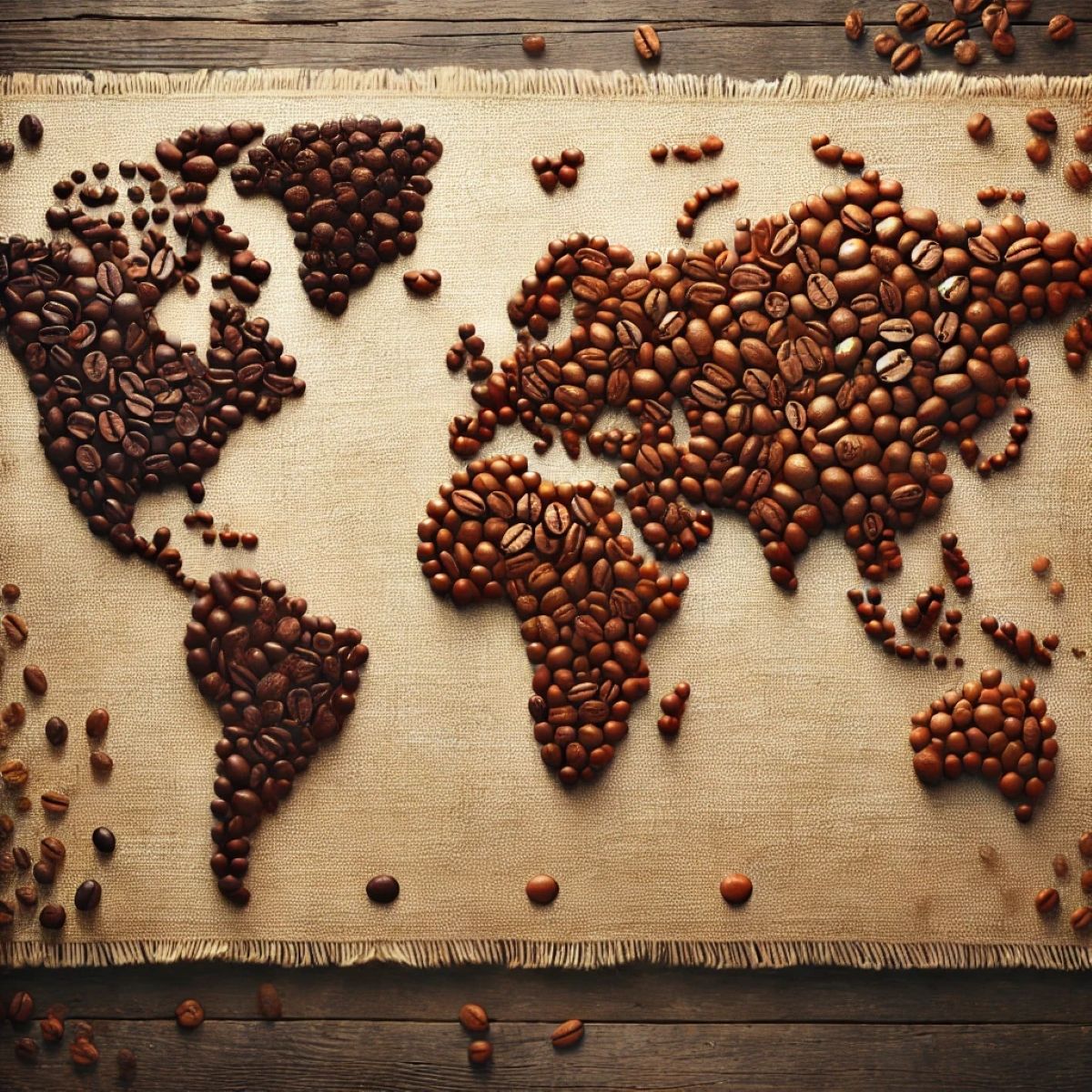Shopping cart
Your cart empty!
Terms of use dolor sit amet consectetur, adipisicing elit. Recusandae provident ullam aperiam quo ad non corrupti sit vel quam repellat ipsa quod sed, repellendus adipisci, ducimus ea modi odio assumenda.
Lorem ipsum dolor sit amet consectetur adipisicing elit. Sequi, cum esse possimus officiis amet ea voluptatibus libero! Dolorum assumenda esse, deserunt ipsum ad iusto! Praesentium error nobis tenetur at, quis nostrum facere excepturi architecto totam.
Lorem ipsum dolor sit amet consectetur adipisicing elit. Inventore, soluta alias eaque modi ipsum sint iusto fugiat vero velit rerum.
Sequi, cum esse possimus officiis amet ea voluptatibus libero! Dolorum assumenda esse, deserunt ipsum ad iusto! Praesentium error nobis tenetur at, quis nostrum facere excepturi architecto totam.
Lorem ipsum dolor sit amet consectetur adipisicing elit. Inventore, soluta alias eaque modi ipsum sint iusto fugiat vero velit rerum.
Dolor sit amet consectetur adipisicing elit. Sequi, cum esse possimus officiis amet ea voluptatibus libero! Dolorum assumenda esse, deserunt ipsum ad iusto! Praesentium error nobis tenetur at, quis nostrum facere excepturi architecto totam.
Lorem ipsum dolor sit amet consectetur adipisicing elit. Inventore, soluta alias eaque modi ipsum sint iusto fugiat vero velit rerum.
Sit amet consectetur adipisicing elit. Sequi, cum esse possimus officiis amet ea voluptatibus libero! Dolorum assumenda esse, deserunt ipsum ad iusto! Praesentium error nobis tenetur at, quis nostrum facere excepturi architecto totam.
Lorem ipsum dolor sit amet consectetur adipisicing elit. Inventore, soluta alias eaque modi ipsum sint iusto fugiat vero velit rerum.
Do you agree to our terms? Sign up

Coffee isn’t just grown — it’s crafted by geography. Every cup carries the fingerprint of its origin, shaped by altitude, soil, rainfall, and even wind. These environmental factors, known as terroir, make a Colombian brew taste fruity and bright, while an Indonesian cup feels earthy and full-bodied. Let’s explore how geography defines flavor, one layer at a time.
1. Altitude: The Height of Flavor
Higher altitudes = slower ripening. Coffee grown above 1,200 meters develops more complex sugars, leading to sweeter and more vibrant flavors.
Low-altitude beans mature faster, resulting in stronger, bolder, and sometimes more bitter profiles — typical of Robusta varieties.
Example: Ethiopian Yirgacheffe’s floral aroma thrives at 1,800+ meters, while Vietnam’s lowland Robusta offers a deep, chocolatey punch.
2. Climate: The Rhythm of the Bean
Coffee needs a delicate balance — steady rainfall, cool nights, and warm days.
Too much heat stresses the plant, while excess rain can dilute flavor.
Regions like Costa Rica and Kenya offer consistent climates that allow beans to mature gradually, enhancing acidity and aroma.
3. Soil Composition: The Hidden Ingredient
Volcanic soils, rich in potassium and magnesium, create beans with brightness and clean finishes.
Clay-heavy soils hold moisture, producing heavier-bodied flavors.
Example: Guatemala’s volcanic regions yield chocolatey, nutty tones, while African red soils bring out citrus and berry notes.
4. Rainfall & Humidity: Nature’s Balancing Act
Moderate rainfall (1,500–2,500 mm annually) ensures even cherry development.
In humid regions, natural or honey processing enhances sweetness and body, while dry zones favor washed coffees for crisp acidity.
Example: Brazilian naturals are smooth and sweet due to consistent sun and controlled drying conditions.
5. Shade & Sunlight: The Growth Guardians
Shade-grown coffee matures slowly, preserving natural sugars and acidity.
It also supports biodiversity, protecting native flora and fauna.
Sun-grown beans, while higher in yield, tend to lose subtle flavor nuances.
6. Regional Influence: A World of Profiles
Africa: Bright, fruity, and floral — think berries and citrus.
Central America: Balanced, sweet, with notes of caramel or nuts.
South America: Smooth, mild, and chocolate-toned.
Asia-Pacific: Deep, earthy, spicy flavors — rich and full-bodied.
7. Microclimates: Nature’s Flavor Labs
Even within one country, small changes in slope, exposure, or wind create microclimates that yield unique cup profiles.
This is why two farms just a few kilometers apart can produce completely different-tasting coffees.
8. The Human Touch: Geography Meets Technique
Farmers adapt their cultivation methods to local geography — adjusting irrigation, shade cover, and harvest timing.
Roasters later tailor roast profiles to highlight regional strengths — bright Kenyan acidity or syrupy Sumatran depth.
☕ Conclusion: Geography is the True Brewmaster
The world’s finest coffees are living reflections of their landscapes. Mountains, soils, rains, and climates don’t just grow beans — they compose flavors. Geography gives coffee its identity, making every sip a journey across continents, climates, and cultures.
No Comments Found!